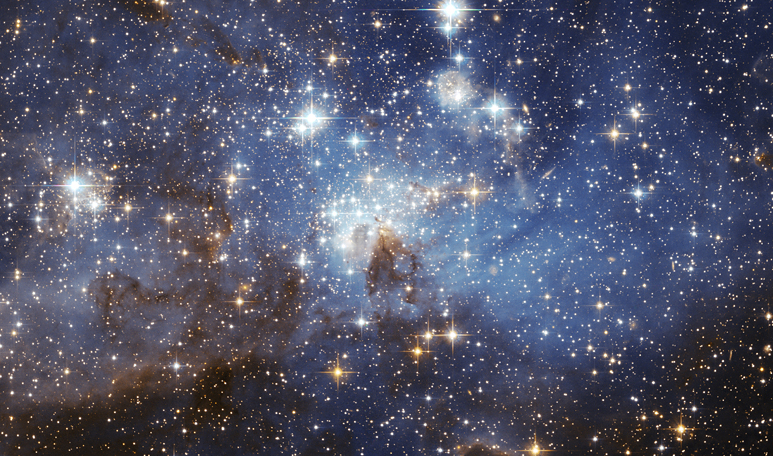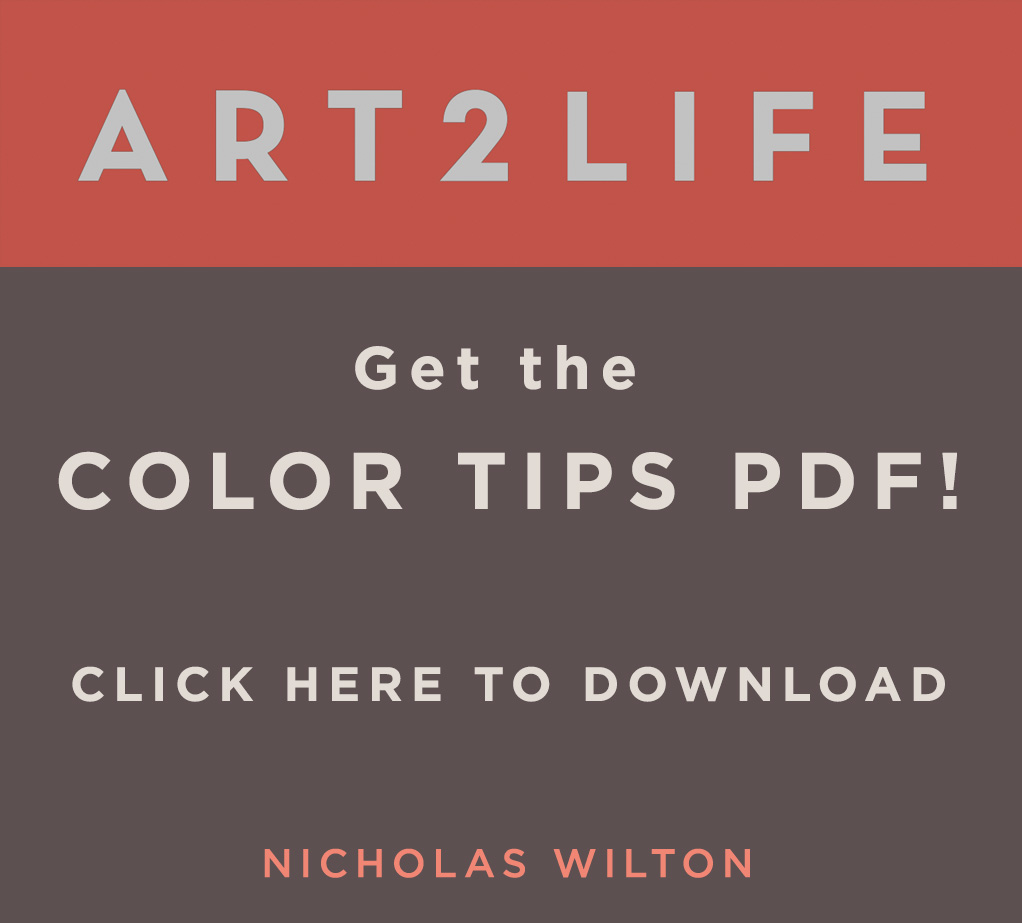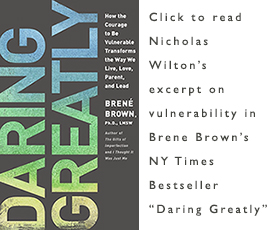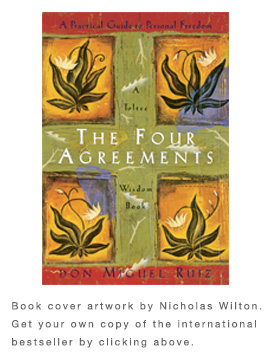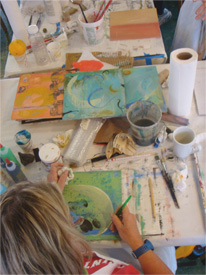I had never seen a full moon eclipse till the other night, but sitting in the hot springs overlooking the sea on the Big Sur coast of California made waiting and watching this very slow process palatable. At home I probably would not of even taken the time to walk outside and look.
In an eclipse, the Earth’s shadow slowly covers and hides the moon’s luminescence. As the moon became less bright all the reflections of its light also became less. The impossibly beautiful shimmering light upon the sea dulls. The moonlight slowly but surely diminished making everything more difficult to see. The details of the rocky cliffs that cascaded below me faded, the separation of the sea and the night sky blurred and the steam that normally rose from these hot springs like a diaphanous veil could no longer be seen. Everything was fading to black.
Everything but the remaining stars that now had multiplied in some kind of crazy coming out party. These pinpricks of lights, some bigger, some possibly planets with their subtle differences of color, usually are not all seen because of the relative brightness of our moon. It is so near our spinning Earth we can practically reach out and touch it and when it is full, its light overpowers all but the brightest of stars. We normally see but a tiny fraction of the stars that exist.
But now, tonight, on the eve of what was called a “blood moon eclipse”, the sky’s colossal amount of stars could be more easily seen. It is difficult in life to comprehend what a million or a billion of anything actually looks like, but that night, gazing at all the stars began to give me a sense. The infinite stars, now able to be seen because of the lack of moonlight just left me awestruck.
I realized that the darkening of the moon and its resulting effects in the night sky was actually just an example of the “Subtractive Art Principle” I have been teaching my students all this week in my ArtLife workshop here at Esalen.
In art–making, you sometimes have to muster up the courage to cover something up and to finally let something go, even if it feels precious and of value to you. There is a tendency to feel like you need to always add more to make things turn out right. But lately, especially in my art, I have been trying to do less and remember that, more than likely, what I really want is possibly already there sitting just below the surface of things. I just have to remove something so it can be seen.
There is fear and risk involved when finally, finally letting go of something but usually it is followed by something more appropriate and often surprisingly wonderful. The moon’s absence gave me a million stars I had never seen before.
It is with a huge sigh of relief, and no small measure of gratitude, that on this especially dark night I am reminded by a million stars above, and more coming every minute, of this essential, simple truth.
Thankfully, Nicholas
